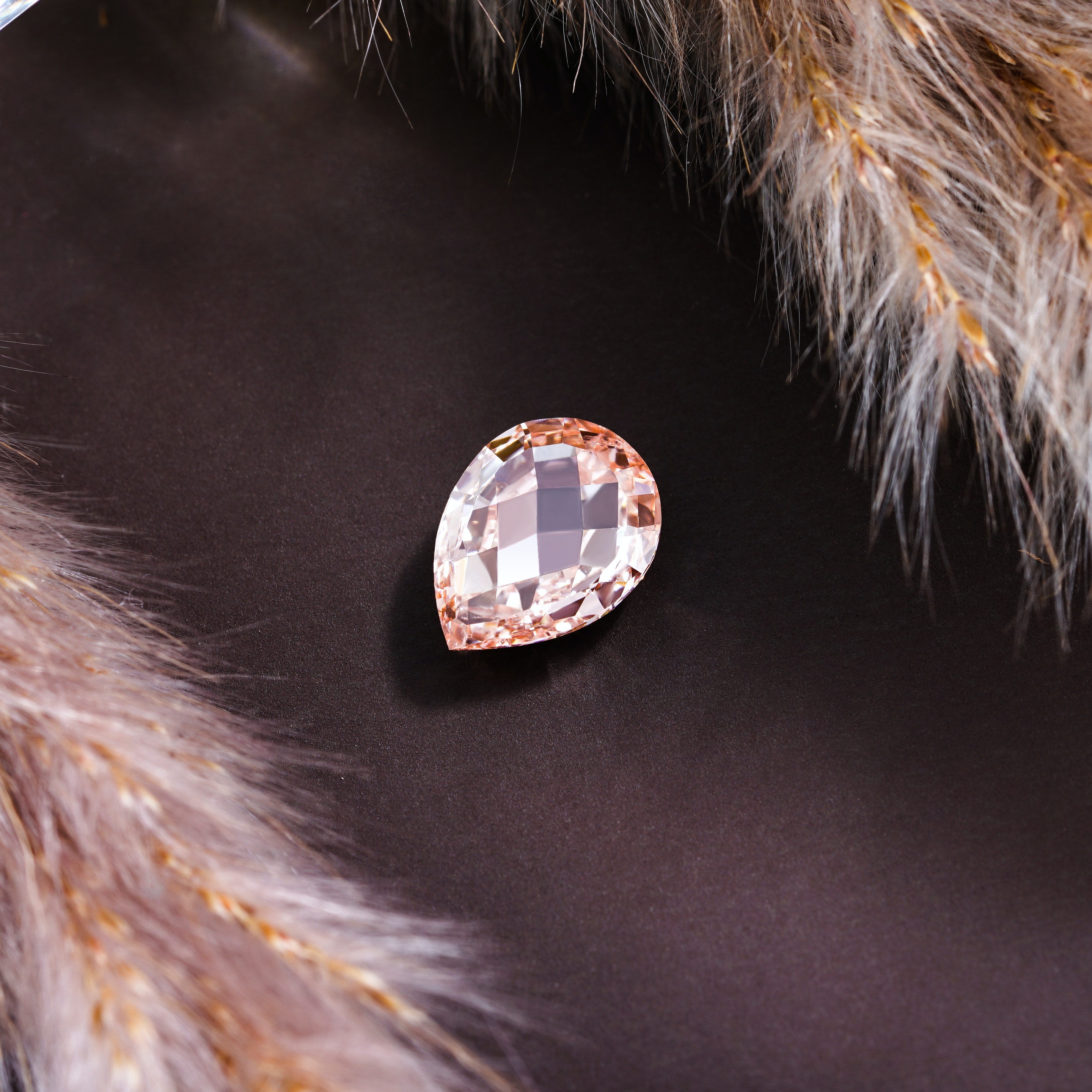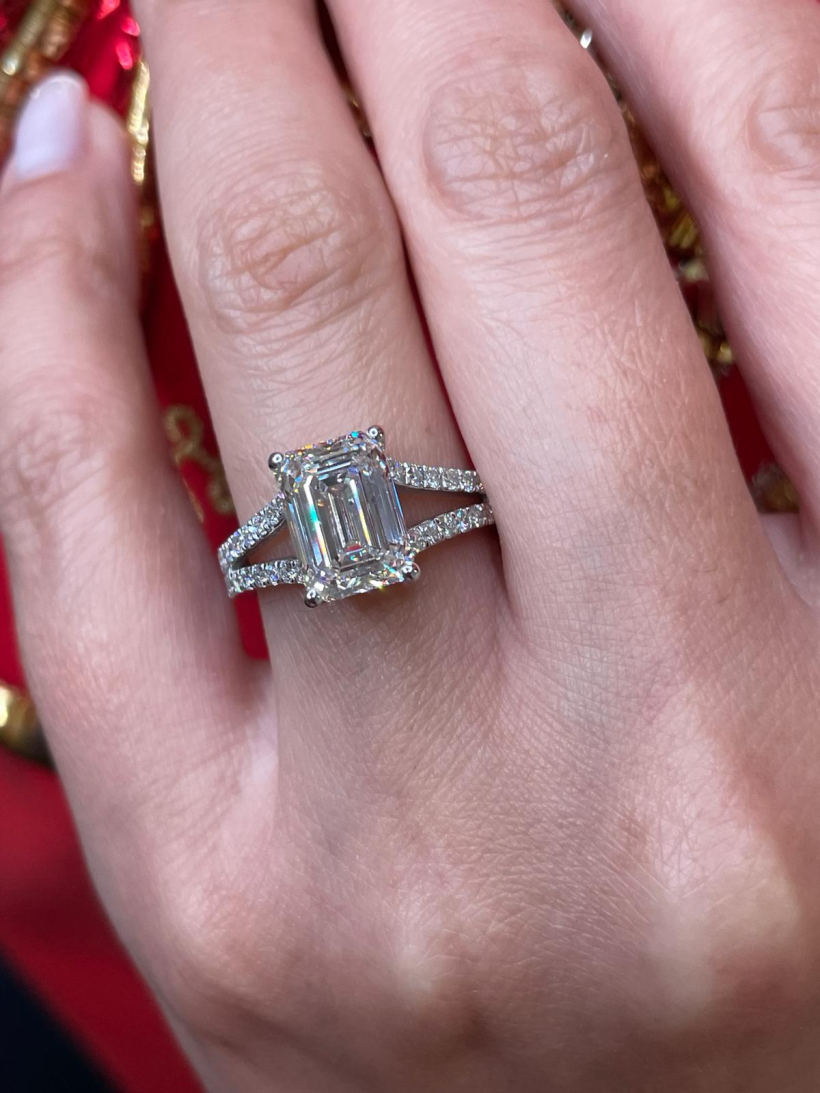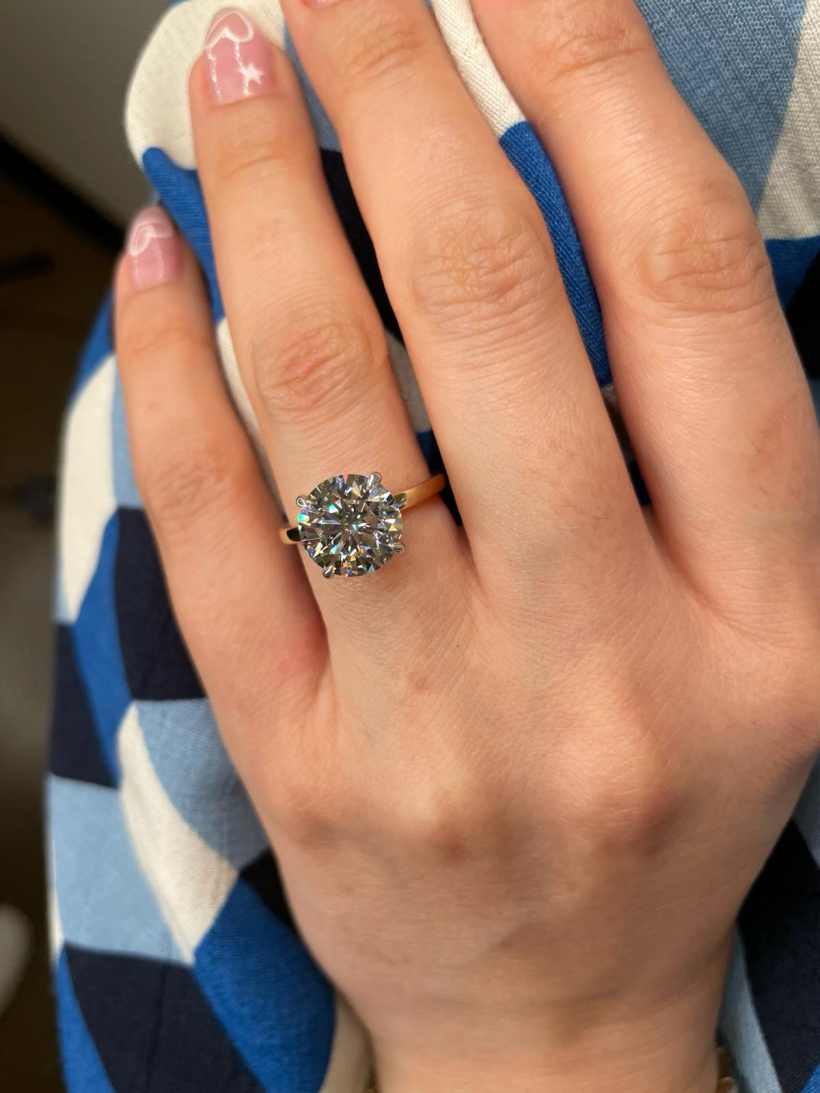If you’re just diving into the world of diamond jewelry, you may feel a bit overwhelmed. From the 4 C’s of diamonds to ethical sourcing considerations, there is a lot to think about before you make a purchase. But one of the most important decisions you’ll need to make when shopping for an engagement ring or similar piece of diamond jewelry is the cut of the diamond.
You probably already have plenty of questions about diamond cuts and how they will impact your final decision. For example, how are diamonds actually cut? How does the cut affect the cost? Which diamond cut is considered the best or the most valuable? Finally, where can you find affordable, pre-owned diamond rings of all shapes and sizes?
In today’s guide, we will answer all of these questions and more, so let’s get started!
How Are Diamonds Cut?
When diamonds are initially mined from the earth (or produced in a lab), they come in the form of rough gemstones. So that they can be set in jewelry, they need to be cut into specific shapes. The cutting process also determines the carat (or weight) of the diamond, which greatly affects its value. In any case, the diamond-cutting process generally follows the same steps, regardless of the source of the diamond:
-
Planning - Before cutting, experts analyze the rough diamond to determine the optimal shape, size, and cut that will maximize its value while minimizing waste.
-
Cleaving or Sawing - Depending on the diamond's size and shape, it will either be cleaved or sawed. Cleaving involves striking the diamond along its natural grain to separate it into smaller pieces, while sawing uses a specialized diamond saw or laser to cut the diamond.
-
Bruting or Girdling - Once the diamond has been divided into smaller pieces, the process of bruting or girdling begins. This step involves shaping the diamond to create the basic outline, with a smooth, rounded girdle.
-
Faceting - The diamond is then mounted and brought into contact with a cutting wheel. The cutter shapes the diamond by precisely cutting and polishing individual facets on the stone.
-
Polishing - After all the facets have been cut, the diamond is polished to a high luster using finer diamond grit on the polishing wheel. This step removes any remaining scratches and imperfections, leaving the diamond with a smooth, reflective surface.
-
Inspection - The finished diamond is thoroughly inspected for any remaining inclusions or imperfections. If necessary, it may undergo further polishing or recutting to ensure it meets the desired standards.
What Are The Different Cuts Of Diamonds?
There are many unique cuts of diamonds, and knowing the differences between them can help you decide which would be best for yourself or someone important in your life. To help you make your decision, we’ve outlined some of the most common and popular diamond cuts in the sections below:
Asscher Cut
The Asscher cut is characterized by its square design and trimmed corners, which can create an octagonal appearance. Invented by the renowned diamond cutter Joseph Asscher in 1902, this cut showcases an intricate pattern of squares, often referred to as the "Hall of Mirrors" effect.
Cushion Cut
The cushion cut is distinguished by its rounded corners and large facets, which combine to create a pillow-like appearance. Dating back to the 18th century, this cut exhibits a perfect blend of vintage charm and modern sophistication.
Emerald Cut
The emerald cut has an elongated, rectangular form with beveled corners, as well as a unique step-cut faceting pattern. Developed in the 1500s, this elegant cut was initially designed for emerald gemstones (hence the name), but it has since gained popularity for its application to diamonds.
Heart Shape
The heart shape cut features an iconic and symmetrical silhouette, with pairs of gracefully curving lobes that converge at a delicate point. Though its origins can be traced back to the 16th century, the heart shape cut has continued to evolve and capture the imagination of those seeking a sentimental, romantic, and symbolic gemstone.
Marquise Cut
The marquise cut is characterized by its elongated, boat-like form with pointed ends, inspired by the shape of a delicate smile. Tracing its origins back to 18th-century France, the marquise cut was supposedly commissioned by King Louis XV to create a gemstone that resembled the lips of his beloved mistress.
Oval Cut
The oval cut possesses an elongated, elliptical silhouette, which gracefully combines the brilliance of a round cut with a more contemporary and distinctive form. Created in the late 1950s by diamond cutter Lazare Kaplan, the oval cut boasts 56 to 58 facets, resulting in an exceptional light performance and an enchanting play of colors.
Pear Shaped Cut
The pear shape cut is characterized by its unique teardrop silhouette, which merges the brilliance of a round cut with the elegance of a marquise cut. Believed to have originated in the 15th century, the pear shape cut features a rounded base that tapers into a delicate, pointed tip.
Princess Cut
The princess cut is distinguished by its square shape, uncut corners, and brilliant faceting pattern. Invented in the 1960s by Arpad Nagy, the princess cut quickly gained popularity for its striking combination of contemporary aesthetics and exceptional sparkle.
Radiant Cut
The radiant cut has a distinct rectangular or square silhouette with trimmed corners, and a brilliant faceting pattern that combines the best aspects of both round and emerald cuts. Introduced in the 1970s by Henry Grossbard, the radiant cut features 70 facets, making it an eye-catching choice for those seeking a vibrant gemstone.
Round Cut
Also known as the “round brilliant cut,” the round cut is a classic and universally admired diamond shape. Characterized by its circular shape and brilliant faceting pattern that has been optimized for maximum light performance, the round shape has been a popular choice for more than 100 years.


What Is The Best Diamond Cut?
Naturally, the best diamond cut will vary from one person to the next. It will largely depend on the features that are most important to you, such as brilliance (or “sparkle”), perceived size, cost, and general popularity. Here are some important questions to consider:
What Diamond Cut Sparkles The Most?
Generally, more facets mean more sparkle, but the shape of the stone also plays an important role. Consequently, the round brilliant cut diamond often sparkles the most among all diamond shapes. The round cut's precise facet arrangement and proportions maximize the diamond's ability to reflect and refract light, producing the most sparkle.
Which Diamond Cut Looks Biggest?
Although the perception of size can be subjective, diamond cuts with elongated shapes generally tend to appear larger than their actual weight when compared to round diamonds of the same weight. Cuts such as the marquise, oval, emerald, and pear shapes often create an illusion of a larger stone due to their elongated silhouettes and the way they distribute weight across a larger surface area.
What Diamond Cut Is Most Expensive
The price of a diamond is influenced by many different factors, including (but not limited to) the cut, carat weight, clarity, and color. However, the most expensive diamond cut is typically the round brilliant cut due to its exceptional light performance and popularity. Additionally, the round cut often requires more raw material to create and the cutting process results in more diamond wastage compared to other cuts.
What Is The Most Popular Diamond Cut?
In general, the most popular diamond cut is the round brilliant cut. The round cut's timeless appeal, versatility, and exceptional sparkle make it a popular choice for engagement rings and various fine jewelry applications, accounting for approximately 75% of all diamond sales worldwide. While other cuts such as the princess, cushion, and oval cuts have gained popularity in recent years, the round cut remains the most popular diamond shape for its classic elegance and unparalleled sparkle.
We hope you enjoyed our diamond cuts guide! Are you currently trying to buy a used engagement ring? If so, be sure to contact HYSTR today!








